TL,DR; PWA vs SPA
- PWAs are best for mobile-first, offline-capable, and cross-platform experiences with lower development overhead.
- SPAs offer fast, dynamic, and seamless user experiences ideal for complex, interactive web applications.
- PWAs excel in performance, accessibility, and reach, especially in low-connectivity scenarios.
- SPAs require stronger front-end frameworks and may face SEO and security challenges without careful implementation.
- Choose PWAs for broader audience access; choose SPAs for app-like functionality and rich interactivity.
Introduction
In the ever-evolving world of web development, the need for fast, reliable, and user-friendly websites and applications is paramount. Two popular choices that have emerged are Progressive Web Apps (PWAs) and Single Page Applications (SPAs). Each offers unique benefits and drawbacks, making them ideal for different types of web projects. For any web application development company, understanding the nuances of PWAs and SPAs is crucial when recommending the right solution to clients. In this blog post, we will explore both technologies in depth, comparing their features, use cases, and which one might be better suited for your website or application.
What is a Progressive Web App (PWA)?
A Progressive Web App (PWA) is a type of application built using standard web technologies like HTML, CSS, and JavaScript but with the features and performance of a native mobile application. PWAs can be accessed through a web browser but offer features such as offline functionality, push notifications, and the ability to install the app on a user’s device.
Key Characteristics of PWAs:
- Installability: Users can add PWAs to their device’s home screen directly from the browser, giving them a native app-like experience without needing to go through app stores.
- Offline Capabilities: PWAs use service workers to cache content and enable offline usage. This allows them to function even when the user is not connected to the internet.
- Push Notifications: Like native mobile apps, PWAs can send push notifications, helping you re-engage users with timely updates.
- App-like Experience: PWAs offer an immersive experience that mimics the feel of native mobile applications, providing smooth navigation and quick interactions.
Examples of PWAs:
- Twitter: The Twitter PWA offers a fast and responsive experience, even in regions with slower internet speeds.
- Starbucks: Starbucks’ PWA lets users browse their menu, add items to the cart, and even place orders without an internet connection.
- AliExpress: This popular e-commerce platform utilizes a PWA to give users a smooth shopping experience with features like push notifications and offline access.
If you are curious about building web applications, you can learn more about the comprehensive process in this ultimate guide to web application development.
What is a Single Page Application (SPA)?
A Single Page Application (SPA) is a type of web application that loads a single HTML page and dynamically updates the content as the user interacts with the apFp. Unlike traditional multi-page applications (MPAs), SPAs do not reload entire pages. Instead, they load only the necessary content, reducing the need for page reloads and providing a faster, more seamless experience for the user.
Key Characteristics of SPAs:
- Dynamic Content: SPAs dynamically load content based on user interactions, rather than requiring a full page reload. This makes for a smoother, more fluid experience.
- JavaScript Frameworks: SPAs typically rely on modern JavaScript frameworks such as React, Angular, and Vue.js to manage the UI and handle data fetching.
- No Full Page Reloads: SPAs keep the user on the same page, updating the content within the page itself. This reduces page load times and offers faster interactions.
Examples of SPAs:
- Gmail: Google’s email platform uses an SPA to offer quick email loading and real-time updates without the need for page reloads.
- Slack: The Slack messaging platform is a great example of an SPA that provides real-time communication with minimal lag.
- Netflix: Netflix uses an SPA for its seamless browsing experience, where users can quickly switch between pages without interruptions.
Key Differences Between PWAs and SPAs
While PWAs and SPAs have some overlapping features, they are designed with different purposes in mind. Here’s a breakdown of their key differences:
1. Speed and Performance
- PWAs: PWAs generally load faster than traditional web apps because they cache content and assets using service workers. However, their performance heavily depends on the network speed. On a slow connection, the PWA may struggle to load dynamic content.
- SPAs: SPAs are also designed for speed, particularly after the initial load. Once the app is loaded, subsequent interactions are faster since the application doesn’t need to reload the entire page. However, the first load can be slower because the app needs to load all the necessary resources upfront.
2. Security
- PWAs: PWAs are built with security in mind. They require HTTPS to work properly, ensuring that data exchanged between the client and server is encrypted. Additionally, service workers allow PWAs to manage background tasks securely.
- SPAs: SPAs also benefit from HTTPS, but they are more vulnerable to certain types of attacks, such as Cross-Site Scripting (XSS). Proper care must be taken in securing the front-end code and preventing vulnerabilities.
For a deeper dive into how to keep your web applications secure, you might want to check out this web application security checklist to ensure that you’re following best practices.
3. User Experience
- PWAs: PWAs offer a native app-like experience, especially on mobile devices. They provide smooth, interactive experiences with features such as push notifications and offline capabilities, making them ideal for mobile-first websites.
- SPAs: SPAs excel at providing smooth, interactive experiences. They are perfect for applications where users need to perform multiple actions without experiencing page reloads, like project management tools, social media platforms, and email clients.
4. Offline Functionality
- PWAs: One of the standout features of PWAs is their ability to function offline. Using service workers, they cache content and allow users to continue interacting with the app even without a network connection. This is ideal for users in regions with limited internet access.
- SPAs: SPAs can also offer offline functionality, but they require careful implementation of service workers or other caching mechanisms. Without these, SPAs may not work well offline.
5. SEO and Discoverability
- PWAs: PWAs are essentially websites, meaning they are easily discoverable by search engines. Search engines can index their content, which makes them SEO-friendly. This is a significant advantage over native apps, which are not indexed by search engines.
- SPAs: SPAs, on the other hand, can pose challenges for SEO. Since SPAs rely on JavaScript to render content dynamically, search engines may have difficulty indexing the content, particularly if the app is client-rendered. To address this, developers must implement techniques such as server-side rendering (SSR) or pre-rendering.
If you’re interested in learning how to tackle challenges in web application development, particularly around testing and optimization, you can refer to this web application testing guide for detailed insights.
Advantages of Progressive Web Apps (PWAs)
1. Fast and Reliable Performance
PWAs are designed to be fast, even in low-network conditions. Service workers cache assets and enable offline functionality, ensuring a seamless experience for users regardless of internet speed.
2. App-like Experience
PWAs mimic the user experience of a native app. They can be installed on the user’s home screen, and the app can open in a standalone window rather than in a browser tab. This makes them feel like a true mobile application.
3. Lower Development Costs
PWAs allow businesses to offer app-like experiences without the need to develop and maintain separate apps for iOS, Android, and the web. A single codebase can serve all platforms, reducing development time and costs.
4. Push Notifications
PWAs can send push notifications to users, re-engaging them even when they are not actively using the app. This is particularly valuable for e-commerce sites, news outlets, and social media platforms.
5. SEO-Friendly
PWAs are web-based and can be indexed by search engines, which means they are discoverable and rankable, offering a distinct advantage over native apps.
Advantages of Single Page Applications (SPAs)
1. Seamless User Experience
SPAs provide a smooth and fast user experience by updating only parts of the page rather than reloading the entire page. This results in less waiting and a more interactive feel, which is ideal for apps requiring constant user interaction.
2. Real-Time Interactivity
Since SPAs load dynamic content without requiring a full page reload, they are well-suited for real-time applications like messaging platforms, social networks, and email clients.
3. Lower Server Load
SPAs reduce the load on the server since only the necessary data is sent to the client, rather than rendering a complete page on each request. This can improve the overall performance of your web application.
4. Easier to Build
SPAs are generally easier to build compared to PWAs, especially for smaller projects. Since SPAs primarily focus on the front-end and JavaScript frameworks, developers can get a lot of work done with less complexity.
If you’re considering which architecture to choose for your next project, you might also want to explore the low-code future of web application development to streamline your development process.
Pros and Cons Comparison: PWA vs SPA
| Feature | PWA | SPA |
| Speed | Fast, even offline | Fast after the first load |
| Security | Secure, requires HTTPS | Secure, but more vulnerable to XSS |
| Offline Functionality | Full offline support | Partial offline support |
| User Experience | App-like, great for mobile | Interactive, ideal for real-time apps |
| SEO | Easy to index and rank | Difficult to index, needs SSR |
| Development Cost | Higher due to advanced features | Lower, easier to implement |
Which is Better for Your Website?
When to Choose a PWA:
- If you are targeting mobile users and want to provide an app-like experience.
- If your site needs to function offline or in low-network conditions.
- If SEO is a key concern for your website and you want to ensure discoverability.
- If you need push notifications to engage users even when they are not browsing the site.
When to Choose an SPA:
- If you’re building a dynamic, real-time application (e.g., social media, messaging, email).
- If you want to provide fast, seamless interactions with minimal waiting.
- If your project needs to minimize server load and only load the necessary content.
- If you’re looking to quickly develop an interactive application with a lower budget.
Read More: Progressive Web Apps vs. Native Apps
Conclusion
Both Progressive Web Apps (PWAs) and Single Page Applications (SPAs) provide unique benefits depending on your website’s needs. PWAs excel in providing offline functionality, faster load times, and app-like experiences, making them a great choice for content-heavy or mobile-first websites. SPAs, on the other hand, are ideal for interactive, real-time applications where dynamic content and seamless user experiences are key. By partnering with an experienced web app development company, you can better assess your specific requirements—whether it’s offline capability, speed, interactivity, or cost—and make a more informed decision on which option is right for your business.
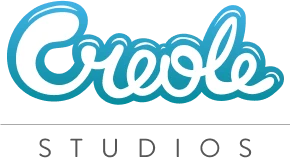

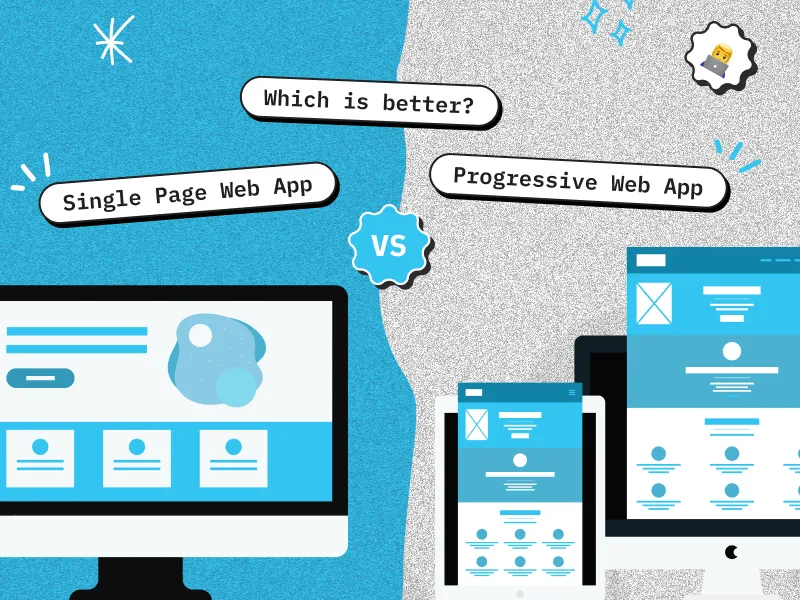








 30 mins free Consulting
30 mins free Consulting 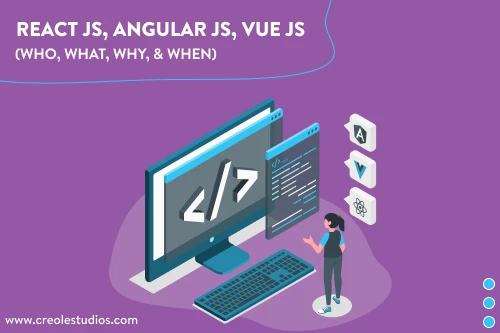
 10 min read
10 min read 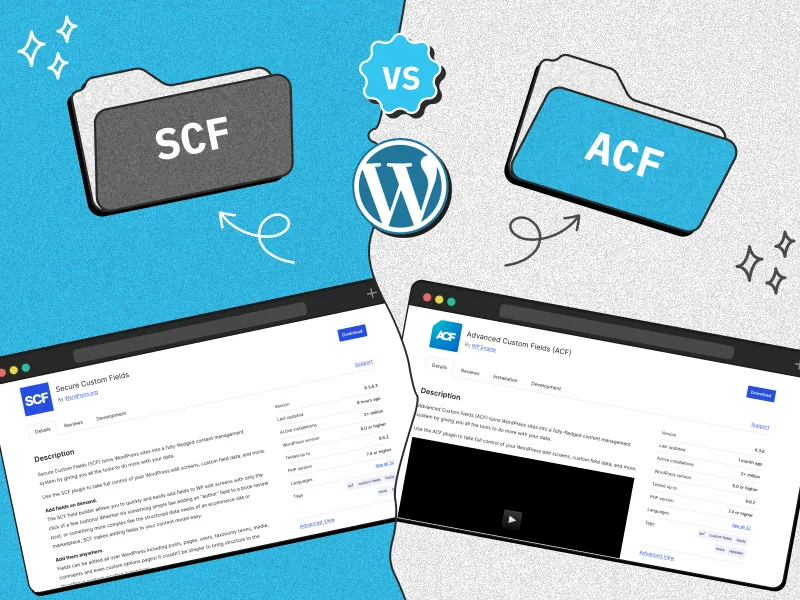
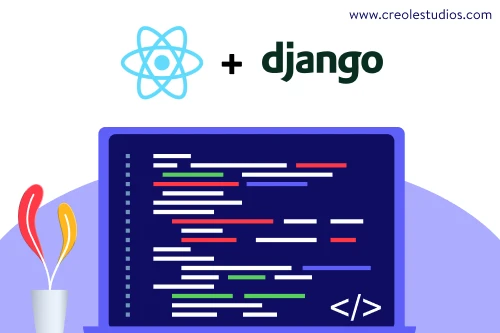
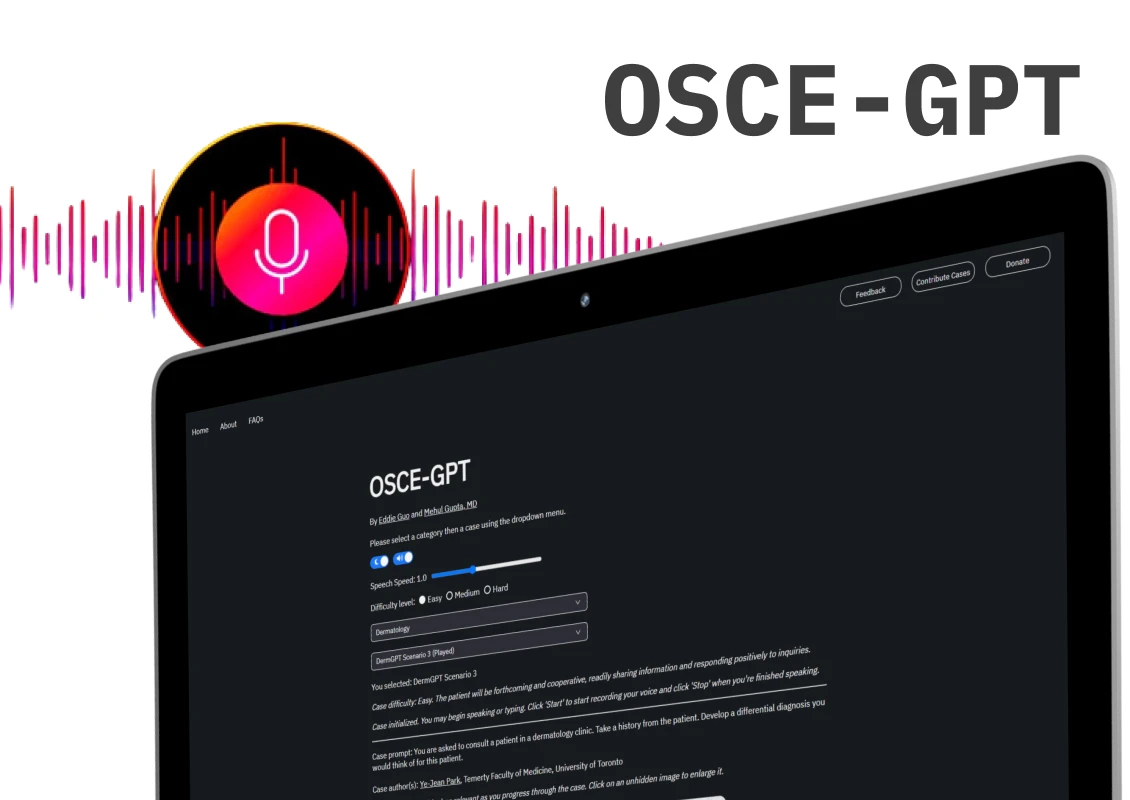
 Canada
Canada 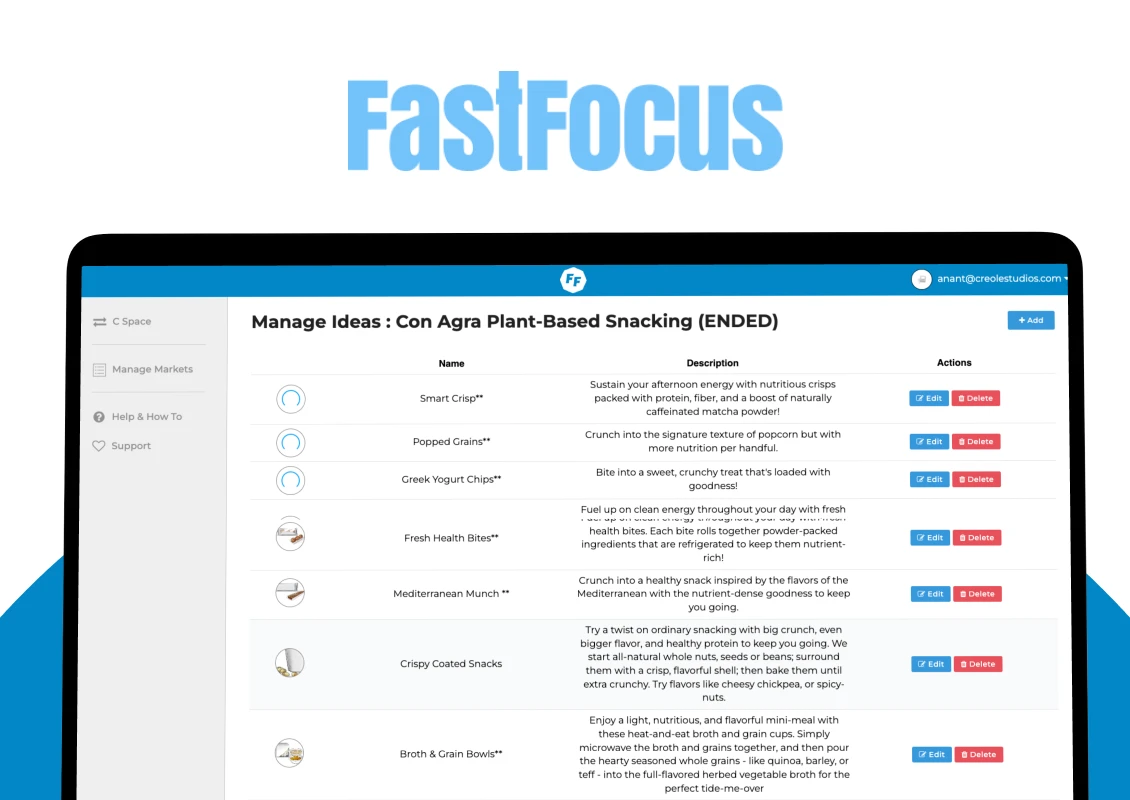
 USA
USA 






 Love we get from the world
Love we get from the world 